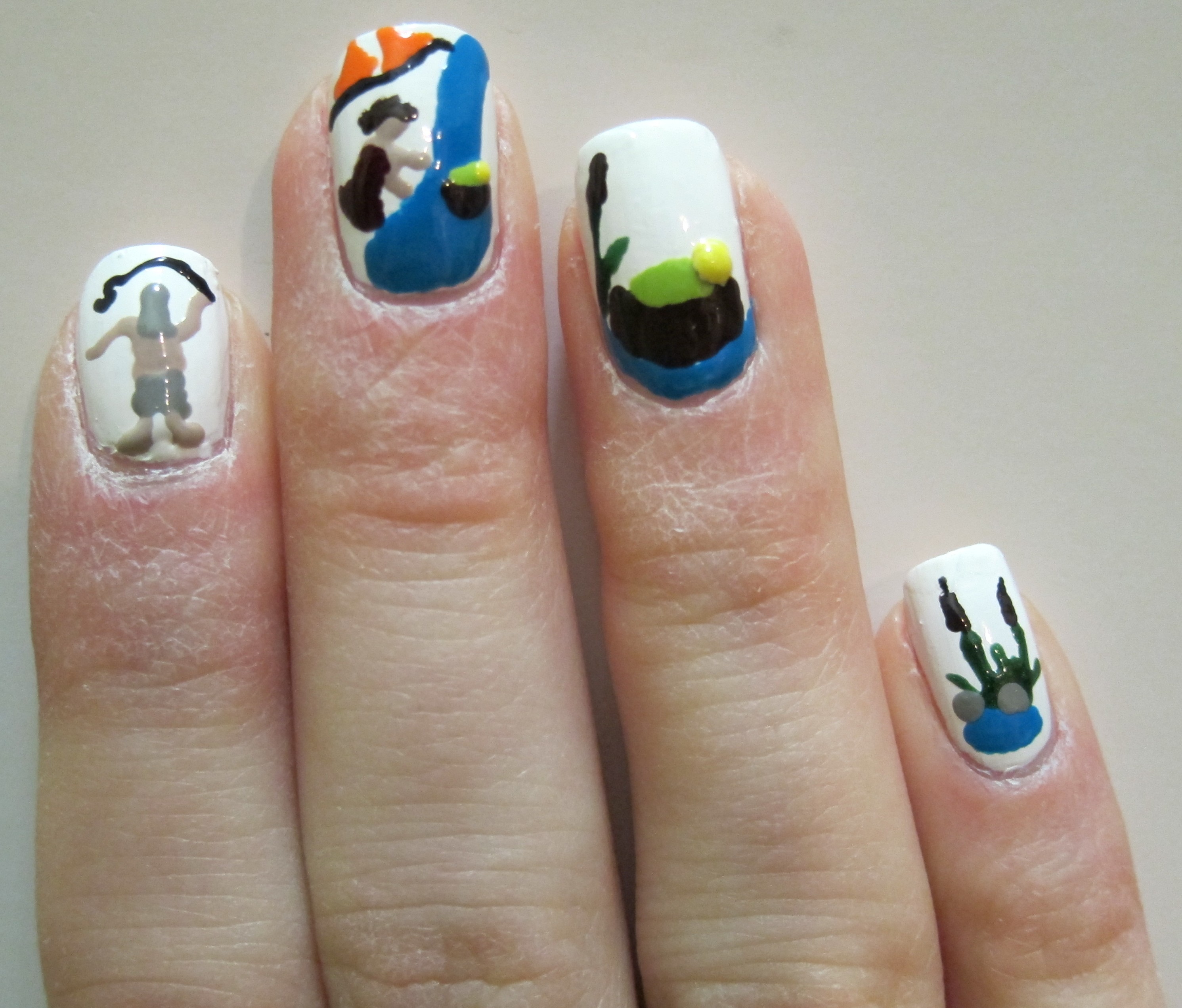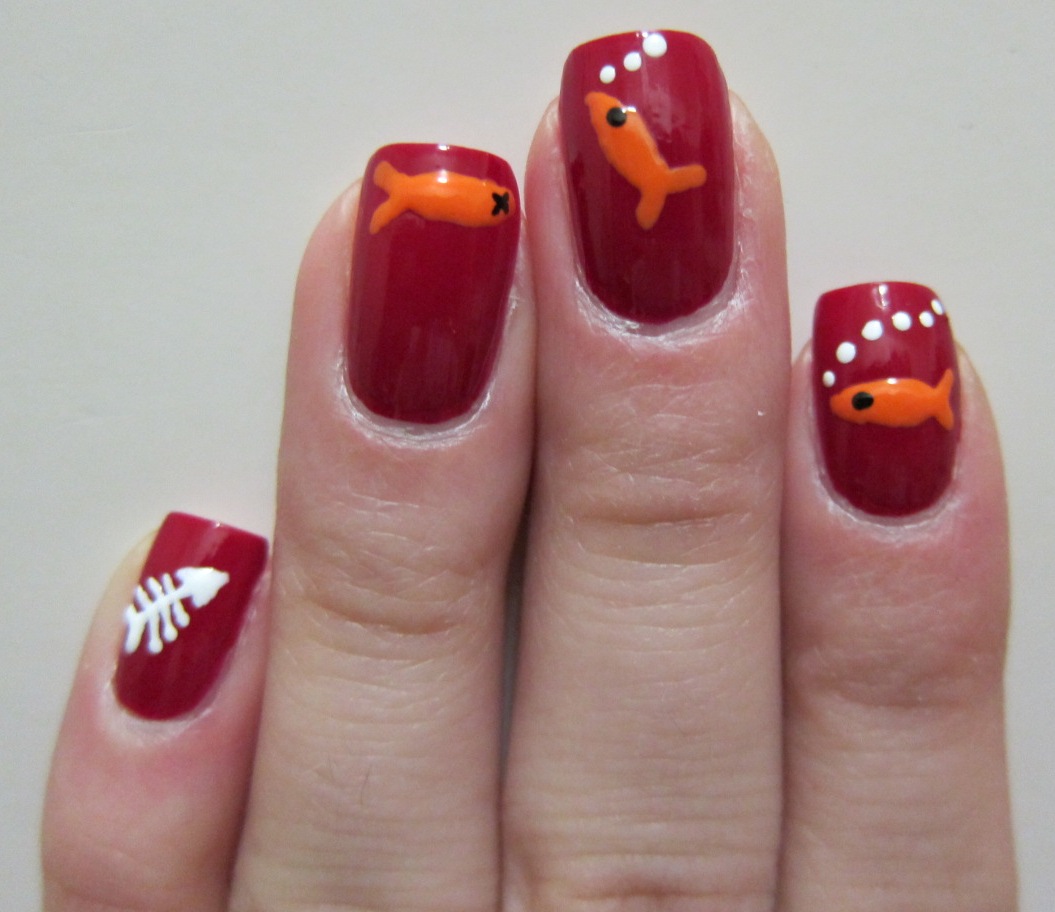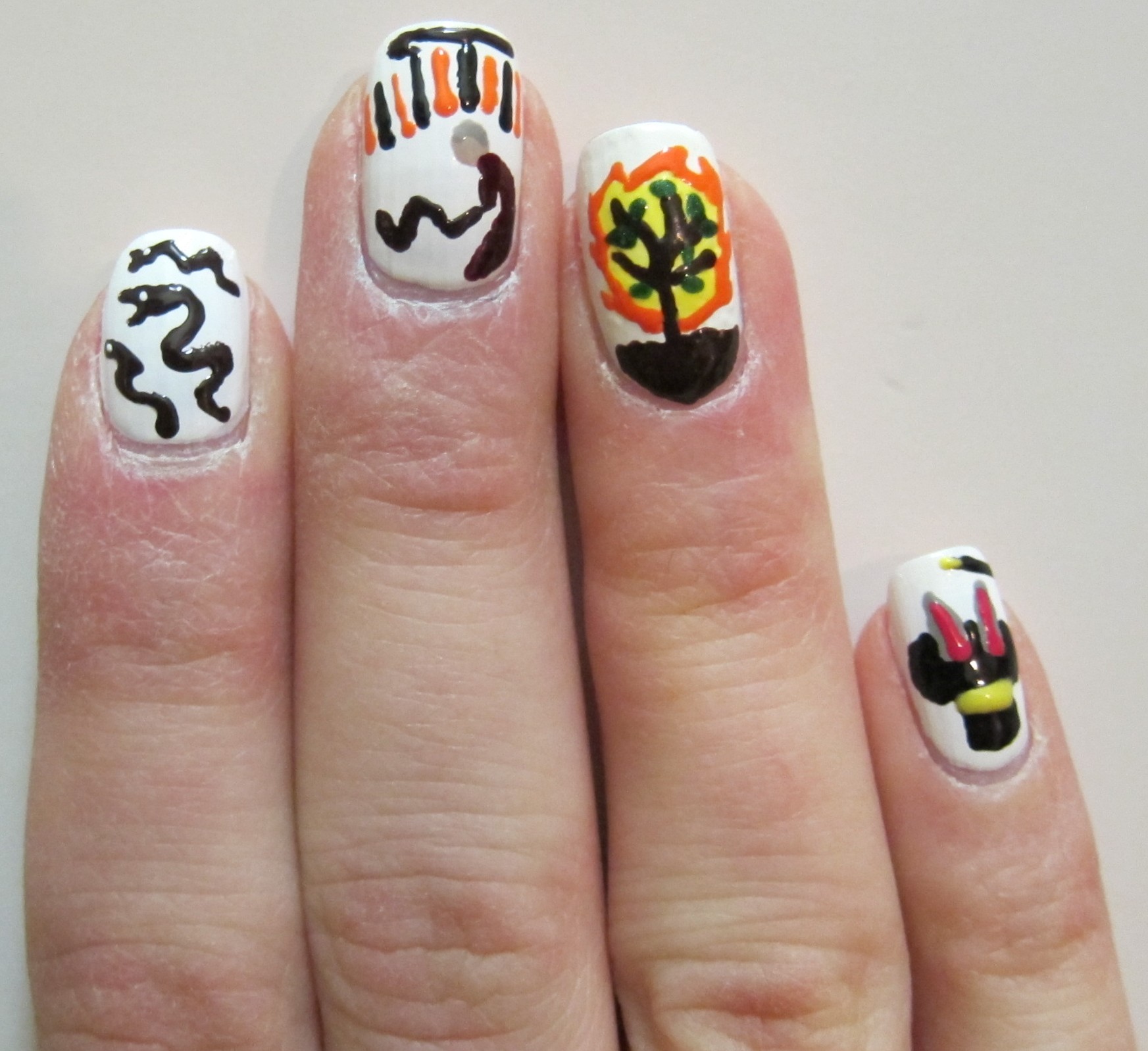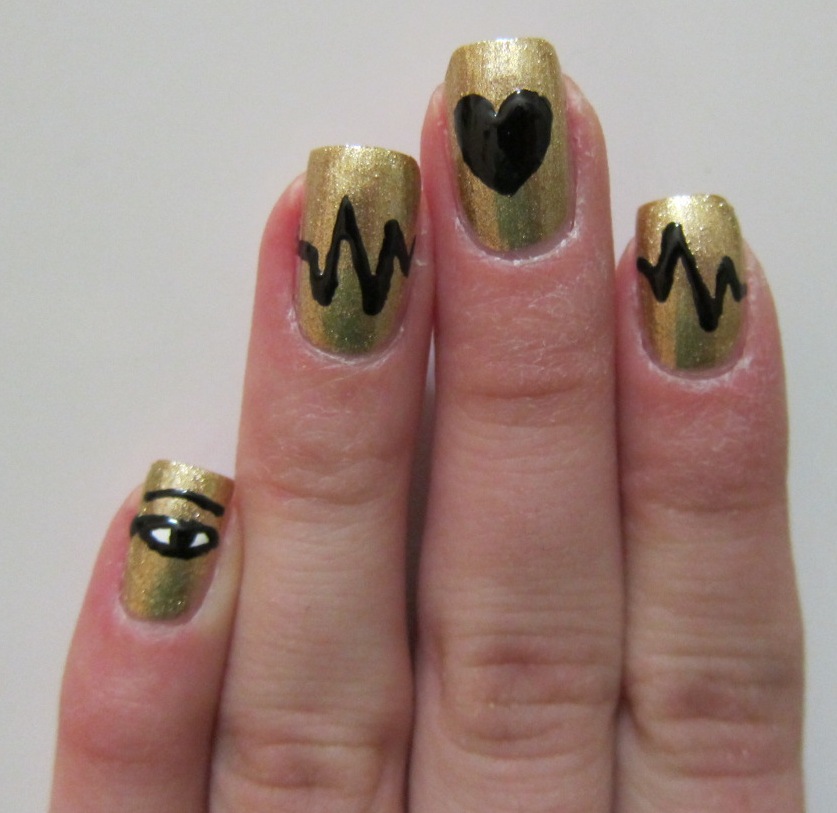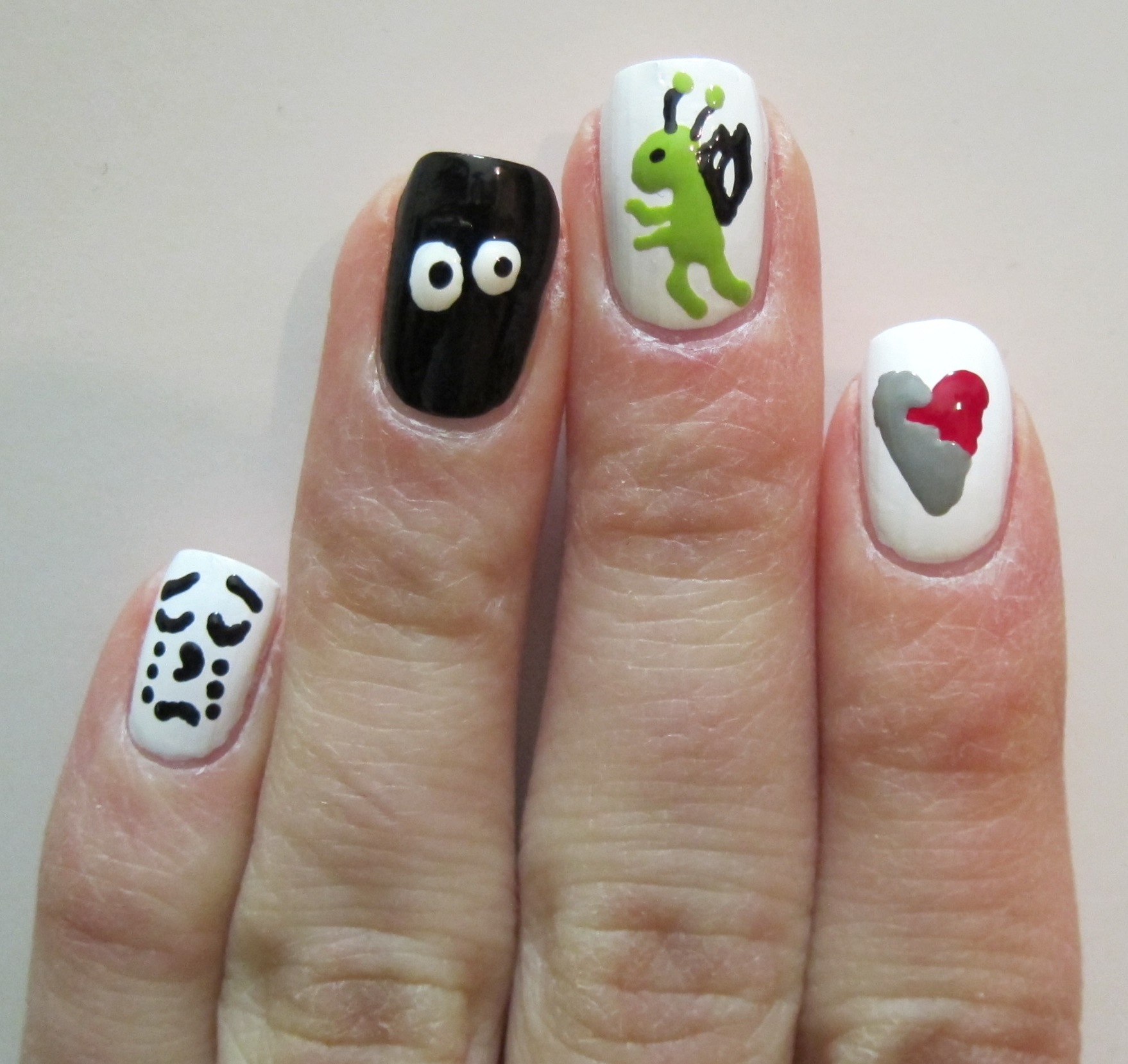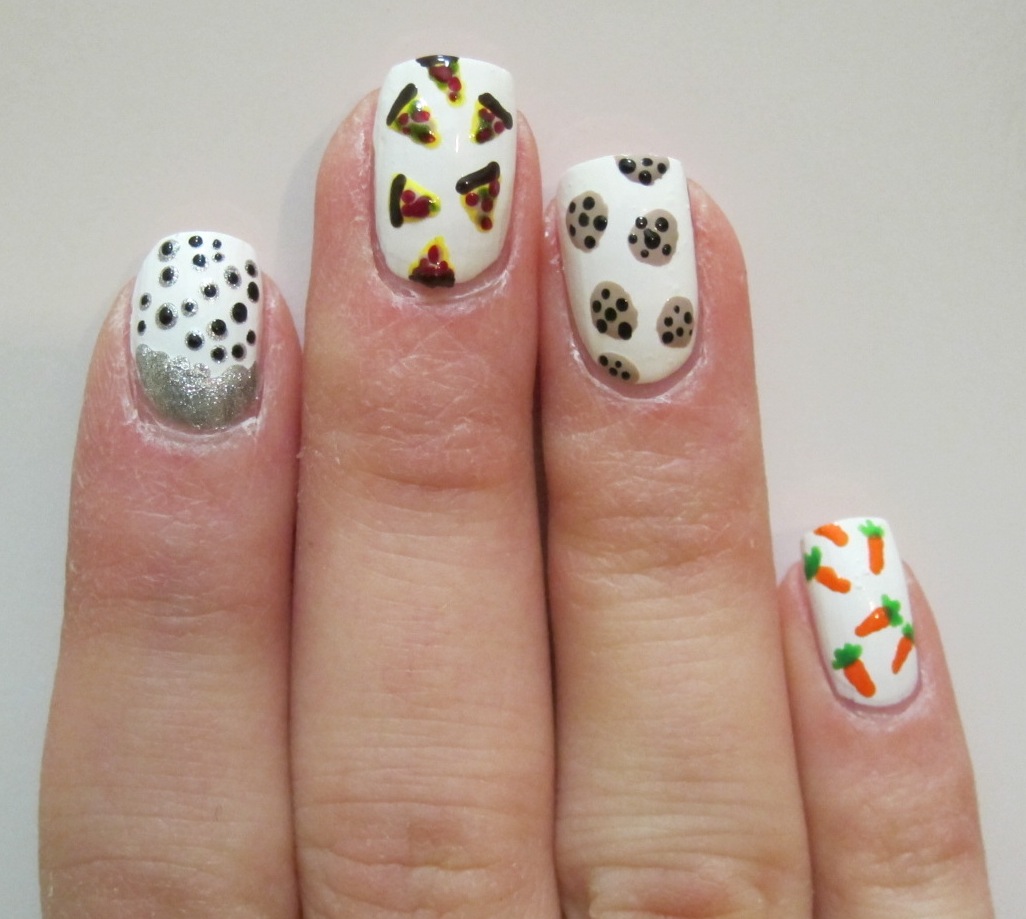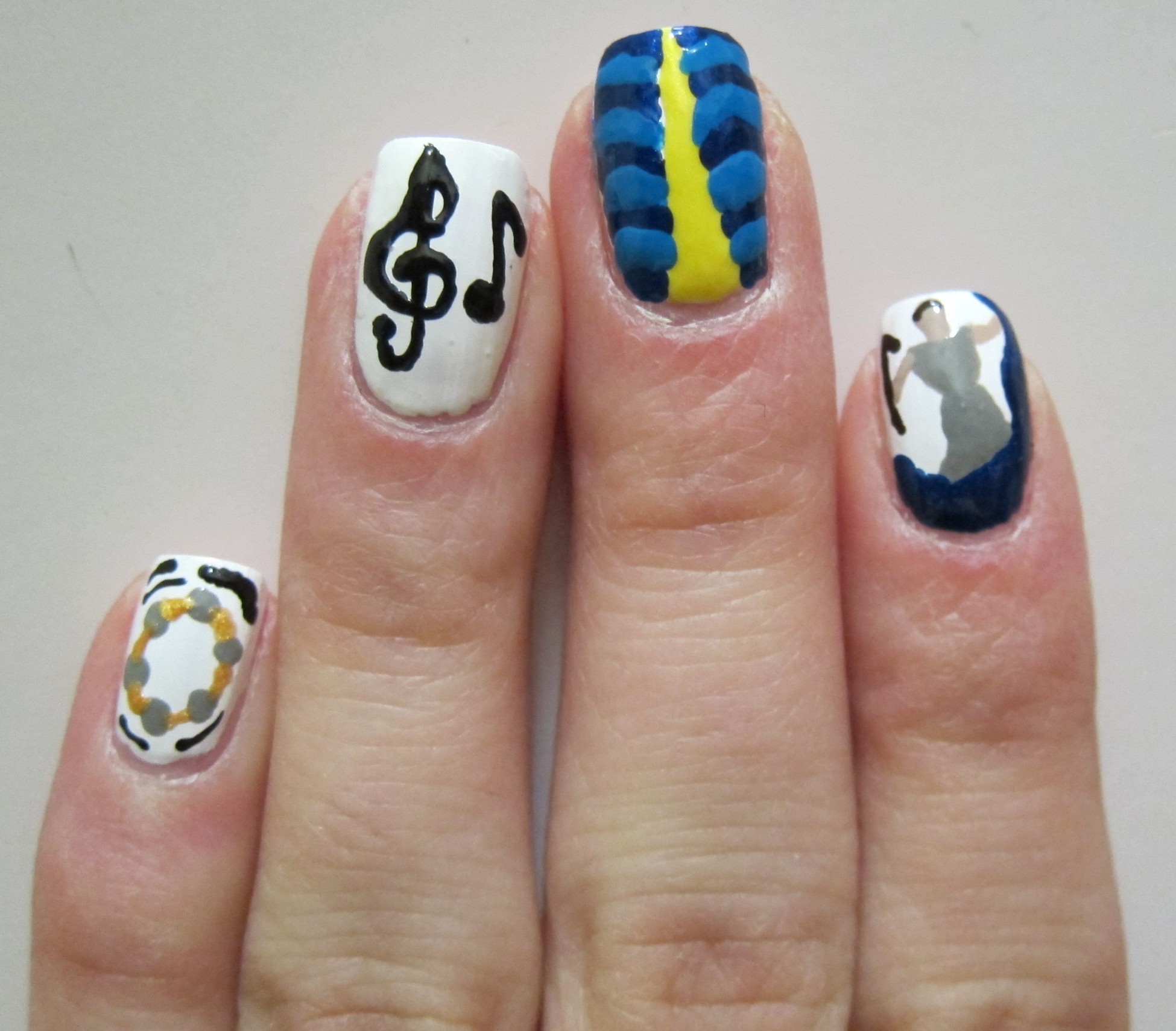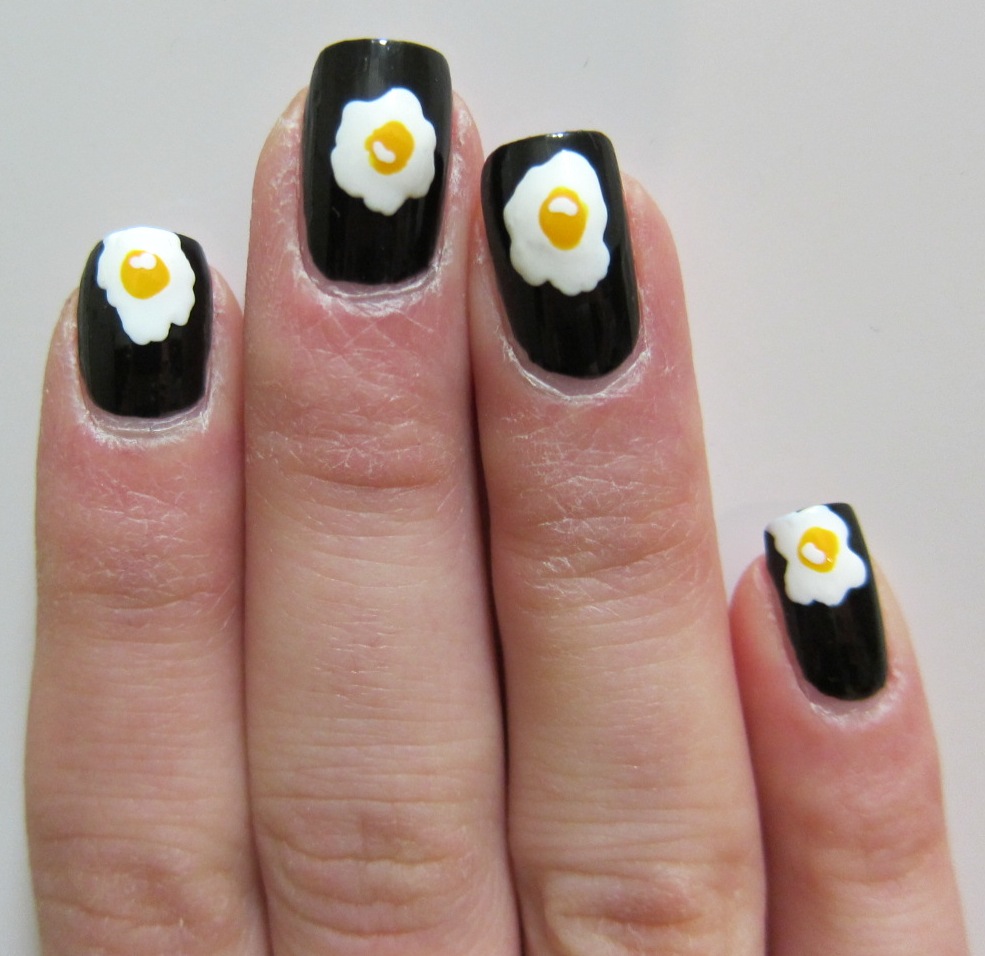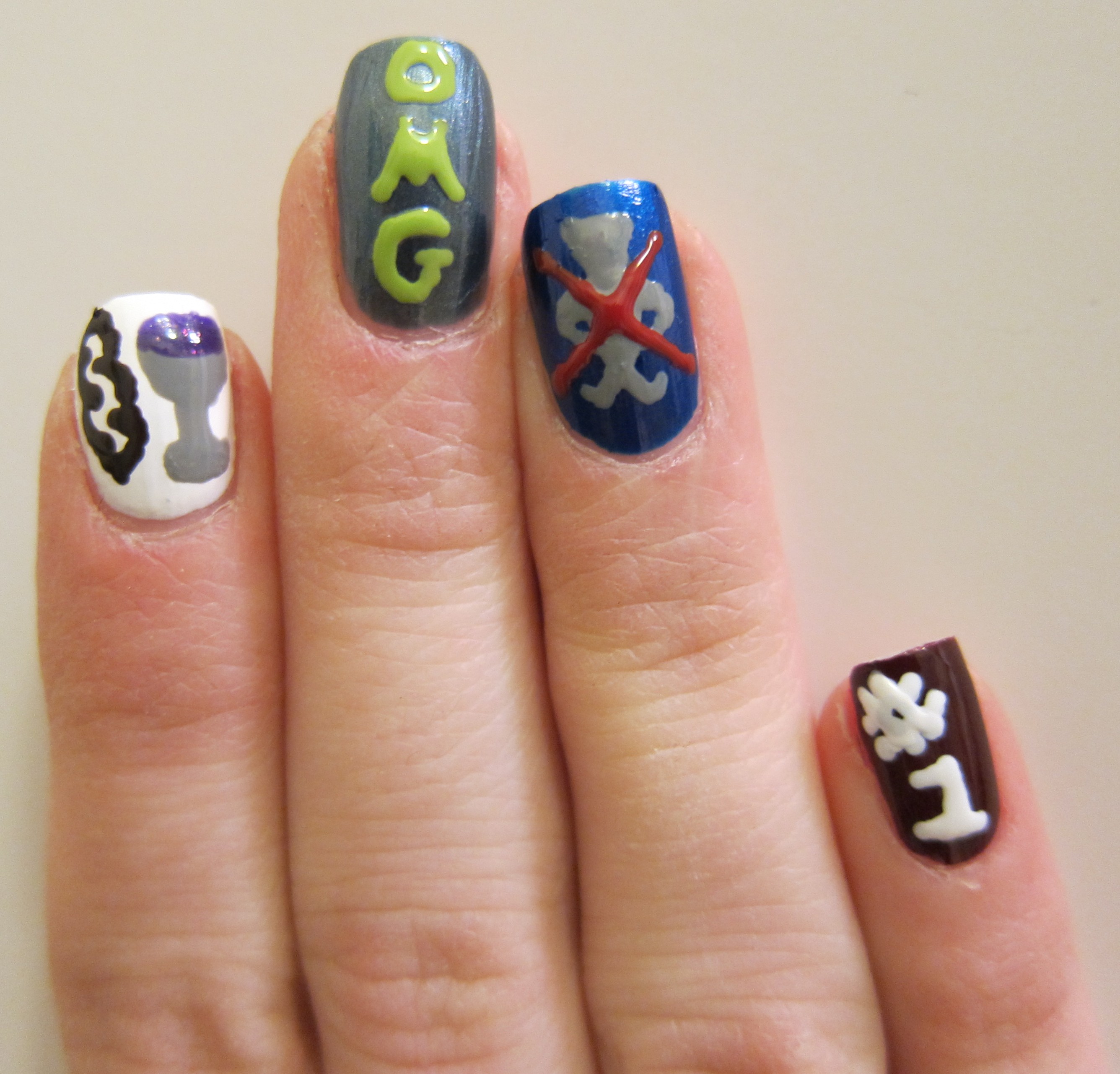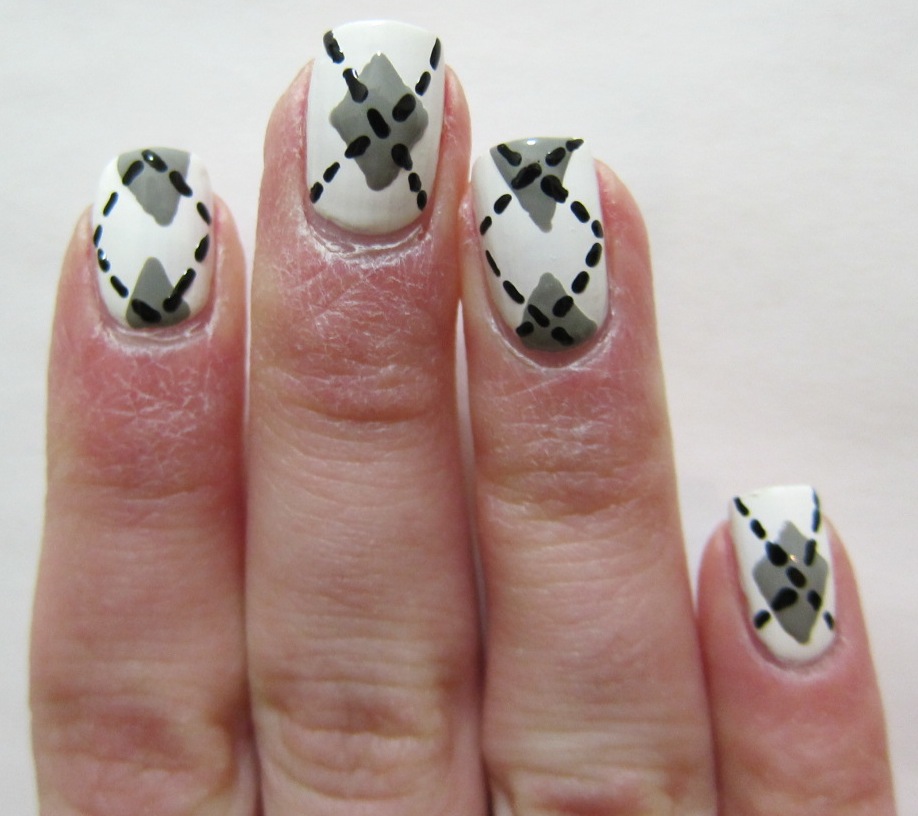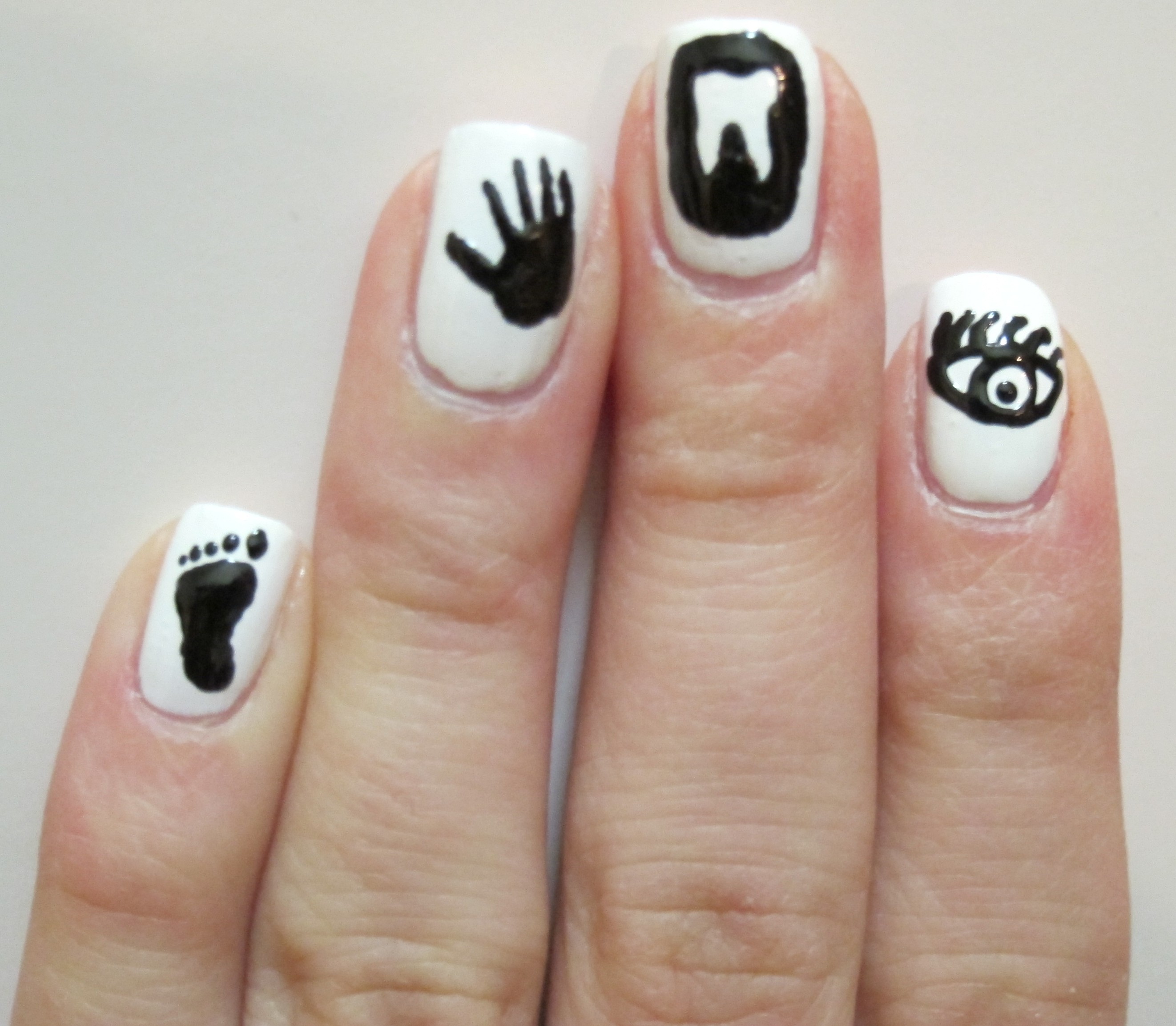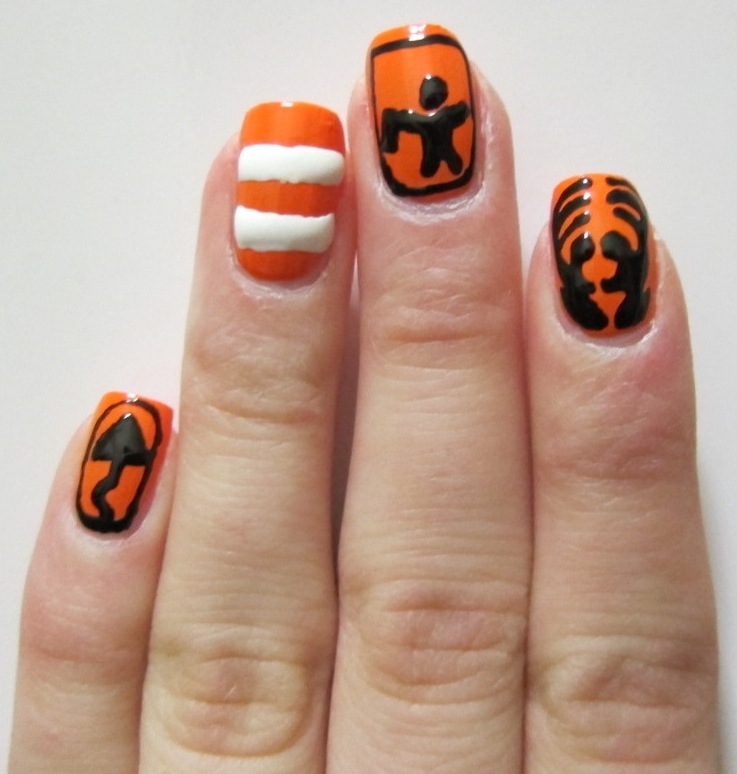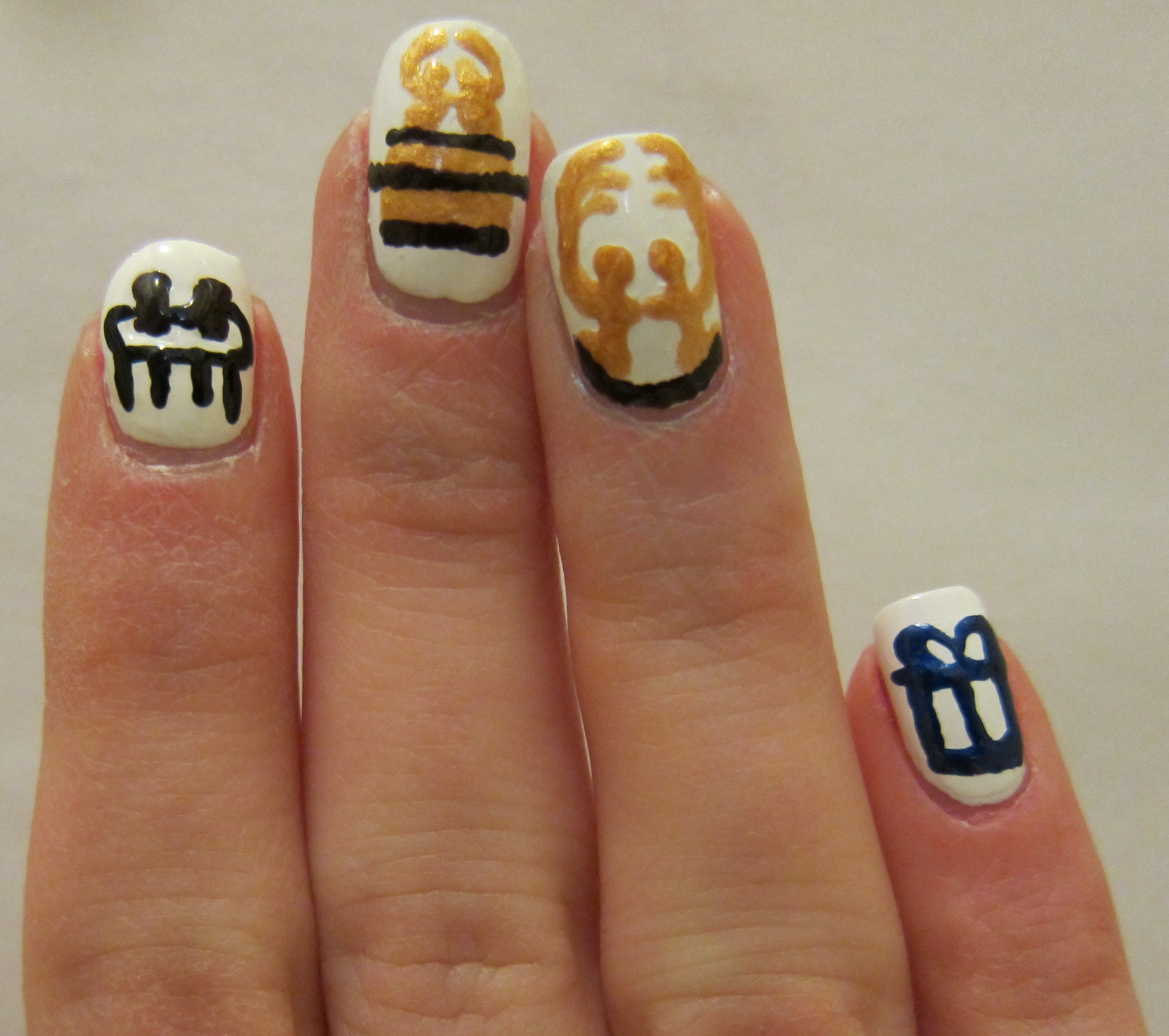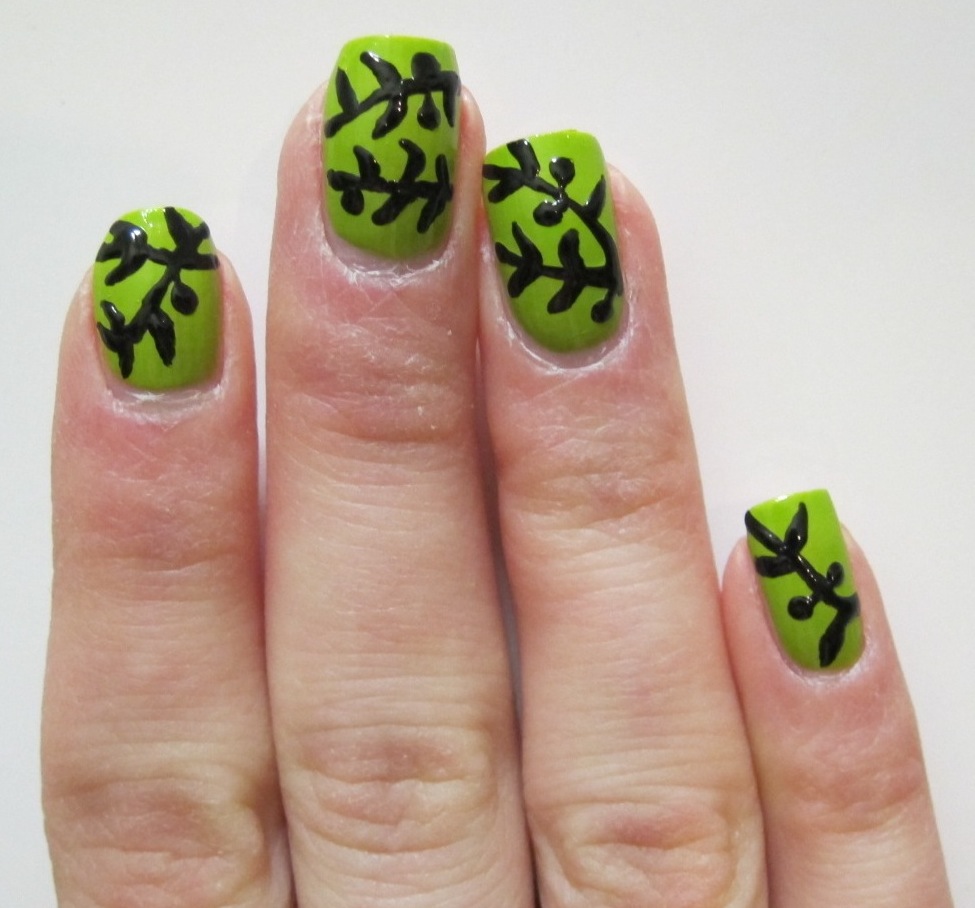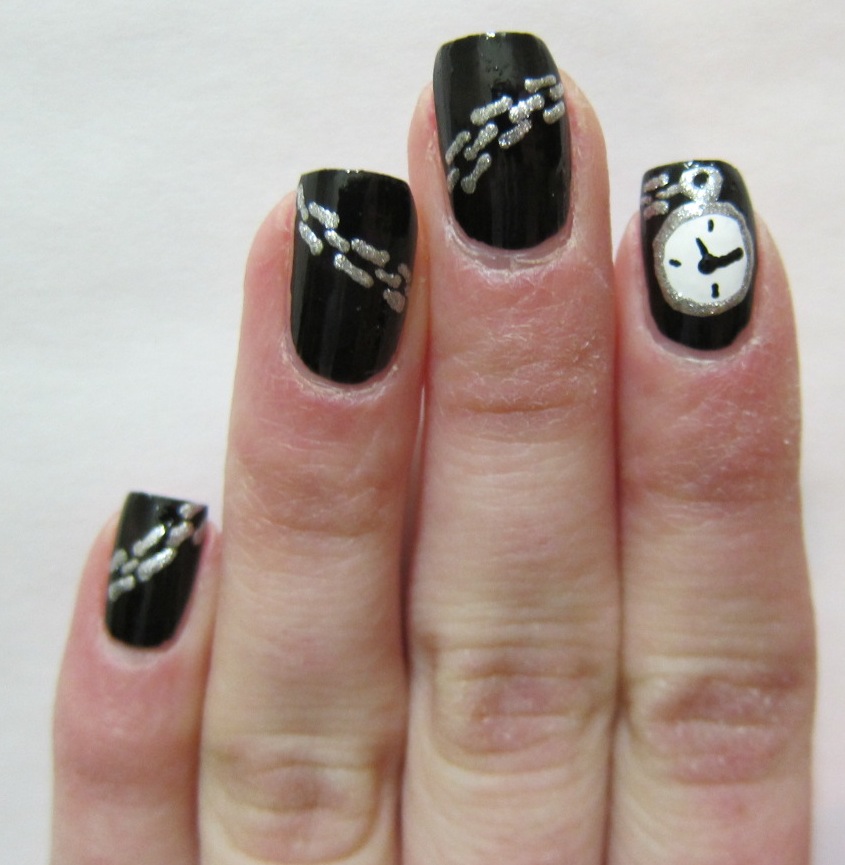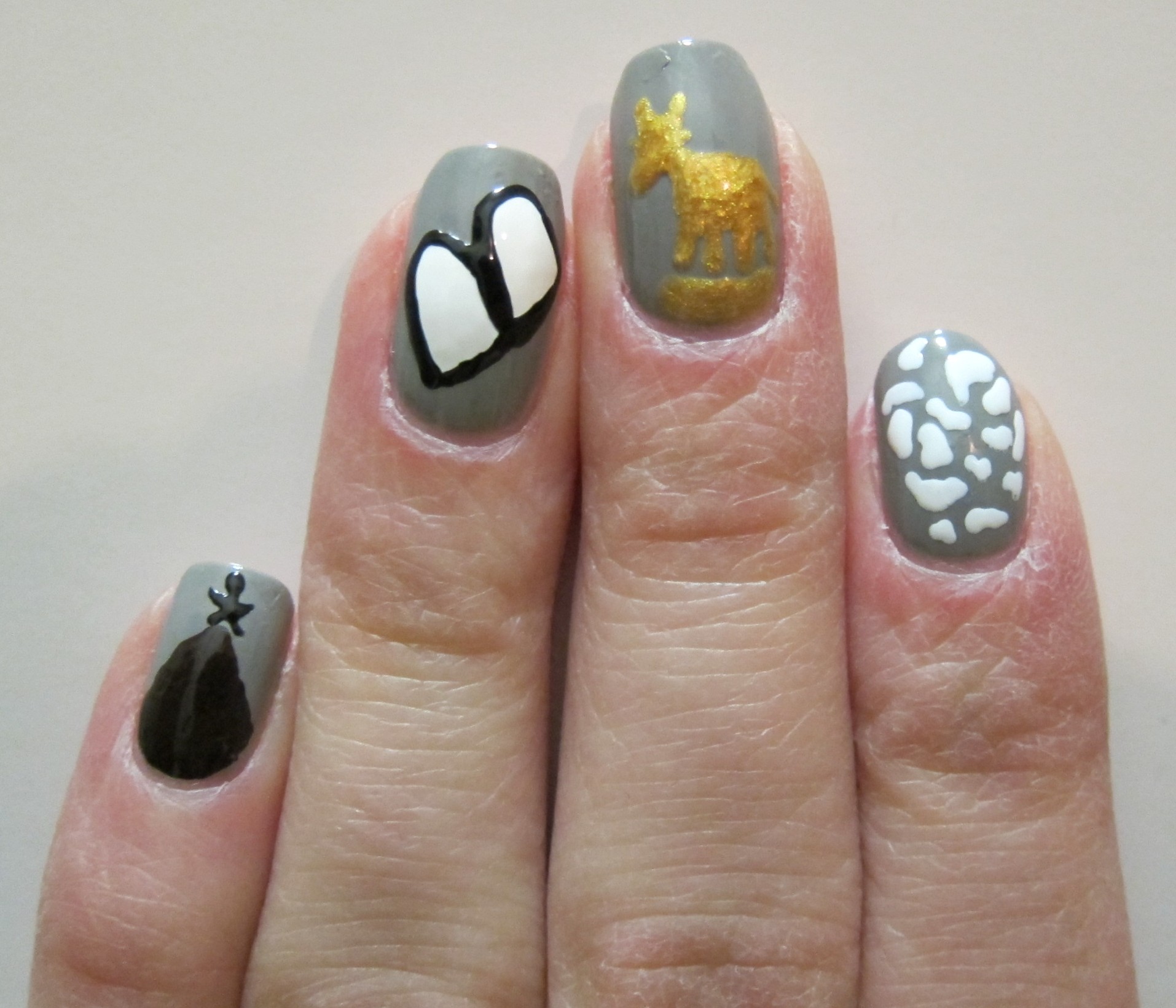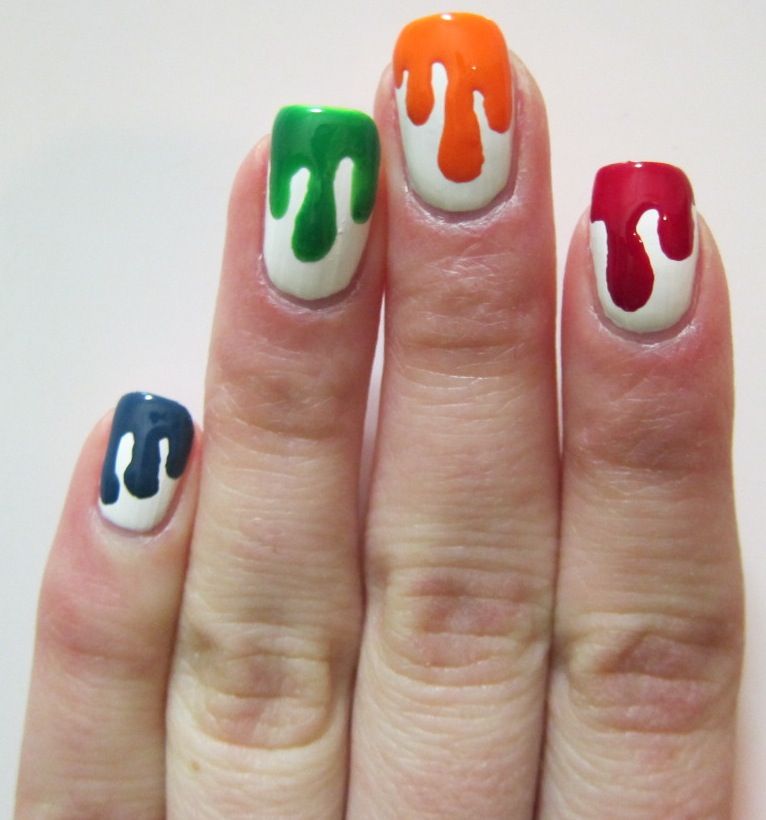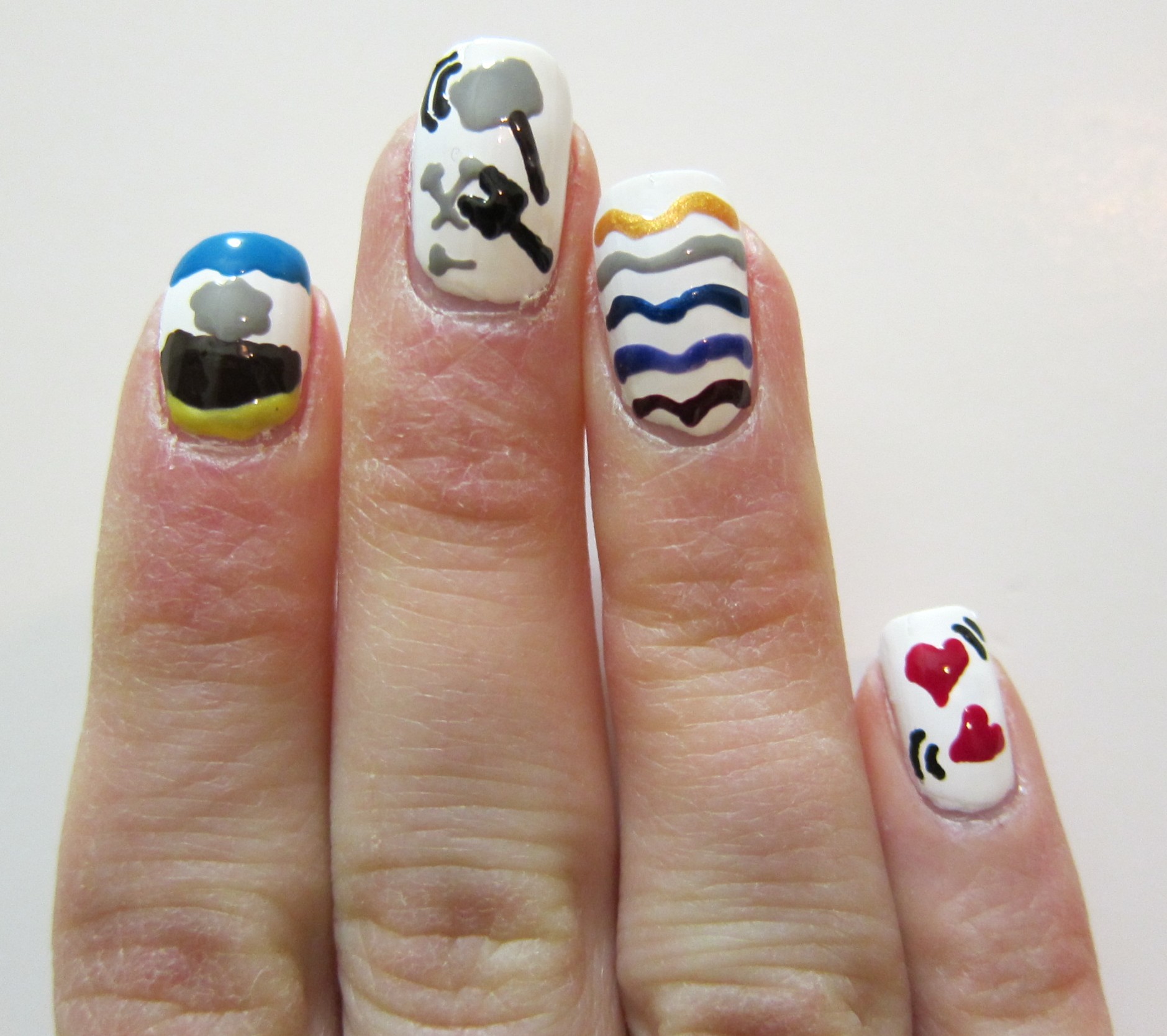Shemot: Building Blocks to Slavery
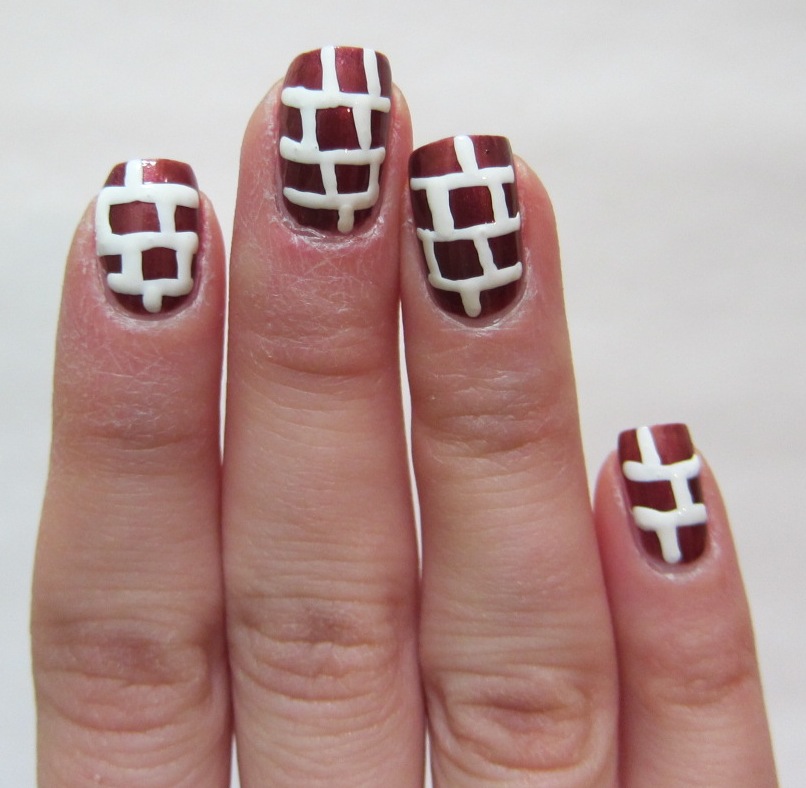 In this week’s Parasha, the tides have turned on Bnai Yisrael. Yosef passes away, and a new king arises who “does not know Yosef” (Shemot 1:8). As a result of the decrees of the new Pharaoh, the Egyptians make Bnai Yisrael’s lives “bitter with hard service” (Shemot 1:13). The Midrash in Shemot Rabbah 1:11 explains how the Hebrew word for hard service, “B’Farech,” can be split into two Hebrew words “B’feh Rach,” with a soft mouth. The Midrash explains that Pharaoh gently persuaded Bnai Yisrael to help him in making bricks.
In this week’s Parasha, the tides have turned on Bnai Yisrael. Yosef passes away, and a new king arises who “does not know Yosef” (Shemot 1:8). As a result of the decrees of the new Pharaoh, the Egyptians make Bnai Yisrael’s lives “bitter with hard service” (Shemot 1:13). The Midrash in Shemot Rabbah 1:11 explains how the Hebrew word for hard service, “B’Farech,” can be split into two Hebrew words “B’feh Rach,” with a soft mouth. The Midrash explains that Pharaoh gently persuaded Bnai Yisrael to help him in making bricks.

